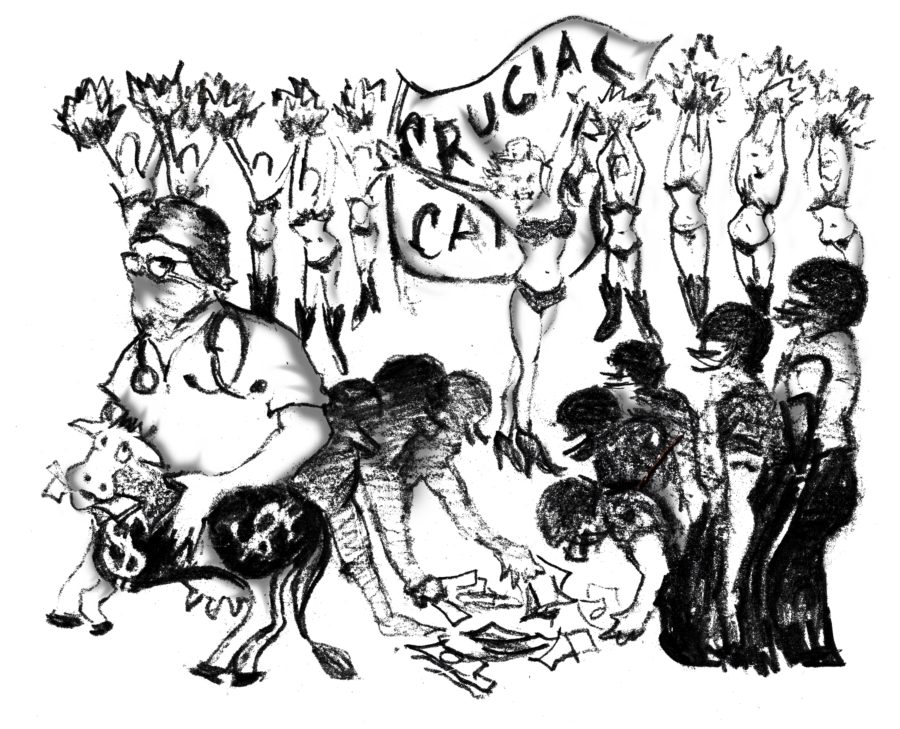As October comes to a close, we say goodbye not only to the omnipresent commercialism of Halloween, but also to the omnipresent commercialism of Breast Cancer Awareness Month.
Breast cancer is a terrible problem for women in America, but so is Breast Cancer Awareness Month. What began as a legitimate attempt to raise the profile of a socially stigmatized disease has become little more than a cash cow for major corporations.
For the past several years, October has bled pink. From lipstick to football, every brand has jumped on the pinkwashing bandwagon. What connects Revlon to KFC? Pink. Swiffer to Chevrolet? Pink. The White House was literally bathed in pink light Oct. 24.
So how is this harmful to women? Americans are confronted with pink products all day, every day. Buy them and 10 percent of the proceeds benefit breast cancer research. That sounds great. Or, you could take that $10 and donate it to breast cancer research. That way, 100 percent of your money goes to the cause you so desperately care about. Or donate your money to raising awareness of cardiac disease in women, which kills more women than breast cancer every year. The point is, pinkwashing allows us to feel good about ourselves without really accomplishing anything. We fill our altruism quota and move on with our lives.
Perhaps the biggest scam of all comes to us courtesy of the National Football League. The NFL’s A Crucial Catch program spreads the message that regular screening is important for women via football merchandise lightly retouched with pink “for the cure.” However, only 5 percent of Crucial Catch proceeds are actually donated to cancer charities, meaning that the program has raised $4.5 million in the four years of its existence.
Now, $4.5 million is nothing to sneeze at- until you remember that the league-wide revenue for the NFL was $8 billion last year- but that’s not the only problem with the bloated Crucial Catch cash cow.
A 2012 New England Journal of Medicine study found that up to 70,000 American women per year are subjected to unnecessary treatment because of mammogram screenings. Mammograms can find tumors that, while technically malignant, behave like a benign tumor, lying dormant for years or even receding altogether. These 70,000 women are unnecessarily subjected to the mental, physical and monetary cost of breast cancer treatment.
Chemotherapy can cause, among other things, anemia, fatigue, immunosupression, hair loss, secondary cancers, infertility and organ damage. The cost of eight weeks of chemotherapy was $7,000 in 2002, and can range up to $30,000 depending on the type of drugs used.
Obviously, when doctors can’t be certain which tumors will be deadly and which tumors will disappear on their own within five years, we have a problem. Mammograms might save the lives of some women and ruin the lives of others. It’s still important that women in their 50s are screened regularly, but all women need to be made aware of the other side of the coin.
We need to stop pinkwashing and start educating women about the dangers of breast cancer and the dangers of over awareness. There are at least four genetically distinct breast cancers. Maybe we should have more than one way of talking about it.



